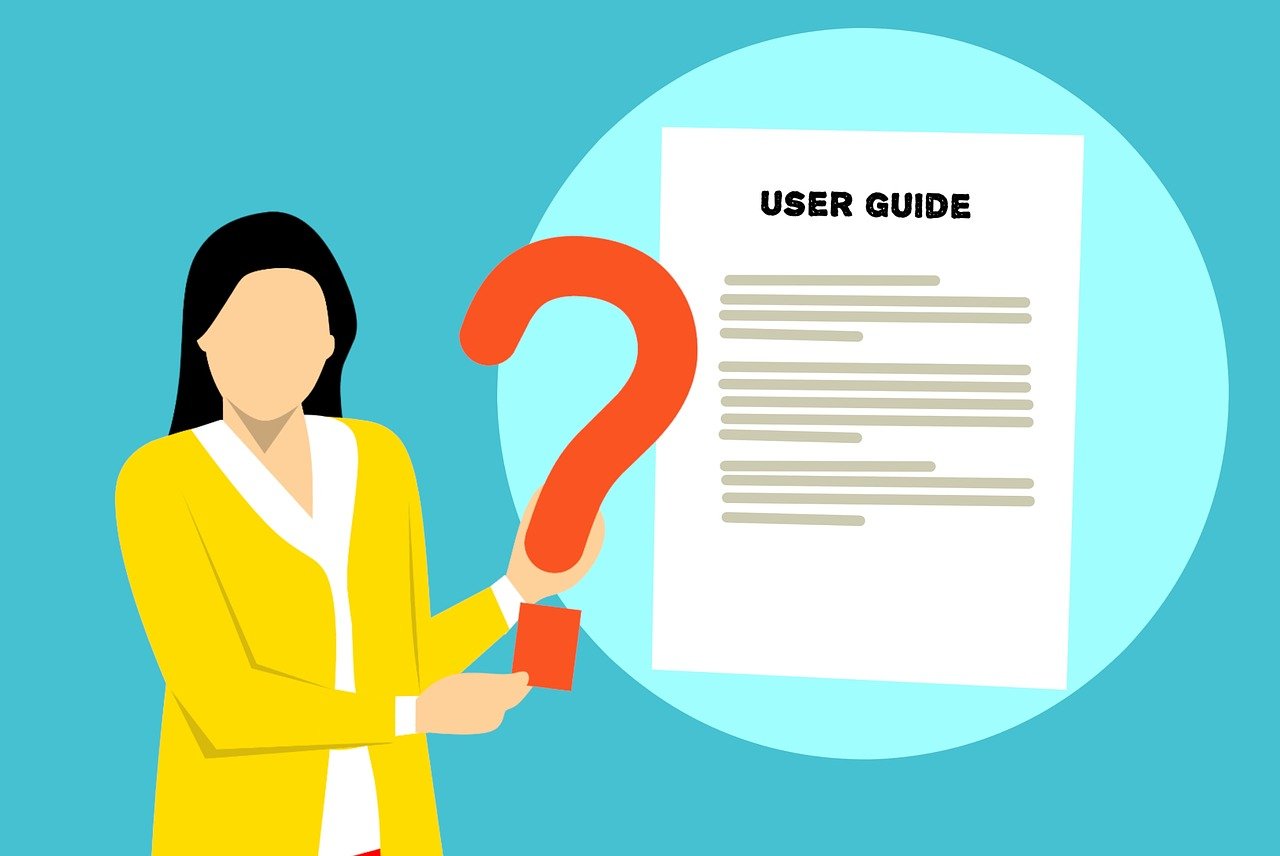An effective guide can transform lives, boost businesses, enhance customer experiences and more – but creating such a guide takes time, research and expertise.
An effective guide teaches its audience, with visual aids making the information more digestible. Here are some tips that will help you create and optimize a guide that your target audience will love!
Know Your Topic
Step one in writing an informative guide is choosing your topic carefully. Select something relevant and interesting to your intended readers that you can thoroughly research within your word limit using research resources available to you.
Start by considering your personal interests and passions. Choose a topic you are truly invested in as this will come through in your writing, creating an impactful connection with readers that lasts beyond one writing assignment.
Once you have an understanding of your topic, research can begin. Doing this will enable you to find information, insights and solutions that your readers will find beneficial. Reliable sources that offer accurate and up-to-date data are key in creating articles with true value for readers.
Conduct interviews with subject matter experts. This can give you invaluable insights into how your audience would approach the topic and identify any knowledge gaps that must be filled. Furthermore, interviews can also help determine what level of detail is necessary in your how-to guide. If unsure who to interview first, reach out to friends and family – maybe your woodworker grandpa or skateboarding friend can add unique perspectives that can enrich its content.
Create an Outline
Once you have a clear concept of your topic and research, the next step should be creating a logical outline. Outlining is an invaluable way to keep research organized and productive – saving both time and effort along the way!
There are various types of outlines available, so it’s essential that you select one that best meets your needs and style. For instance, you could opt for either a decimal outline (using numbers that clearly display how each point relates to another) or an alphanumeric outline (with its standardized format and straightforward reading style).
Content Outlines are documents that list all the elements needed for an article, such as its page name, place in site architecture and SEO metadata as well as descriptions for each section of its content.
An effective content outline also includes an explanation of what the article will accomplish for your business, from increasing click-throughs to driving leads or sales. Perhaps adding call-to-action or links that encourage readers to take further actions will help guide the reader along their journey.
Write Your Artical
Now that your research, planning, and outline have been finalized, it’s time to write your guide! Write an initial draft and double-check its accuracy; later on edit and optimize to achieve optimal results.
When readers encounter one, guides can be a game-changer for their experiences with topics – be they learning new skills, being introduced to something completely novel, or expanding knowledge. To make your guide stand out, go beyond surface level by providing examples, descriptions, comparisons, or definitions – sensory details may help your audience grasp and apply the information contained within.
Effective guides should also be easily digestible. They don’t rely on large blocks of unbroken paragraphs that blur together; rather they’re formatted for online reading with short paragraphs and plenty of white space between each one. Furthermore, their sections are broken up clearly labeled making it easy for readers to scan or skim quickly for their information needs. Finally they incorporate their topic’s focus keyword (H1), description, and several section headings for SEO value if possible – ask someone else to read your guide and provide feedback before publishing it if possible!
